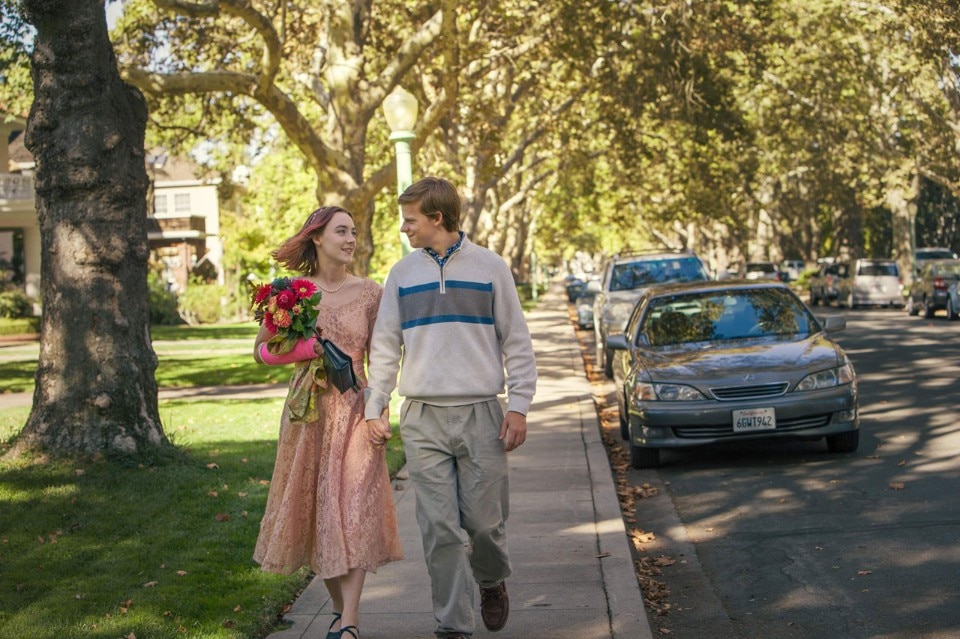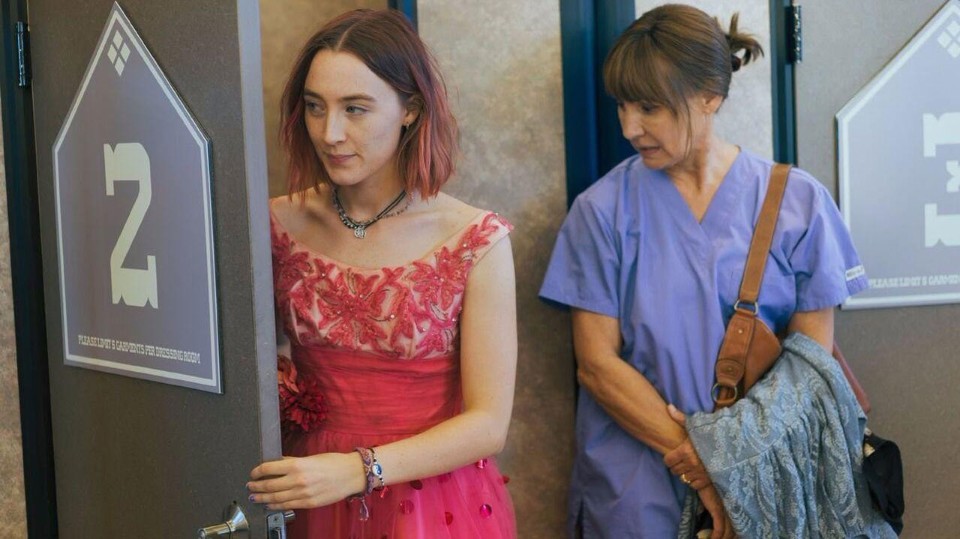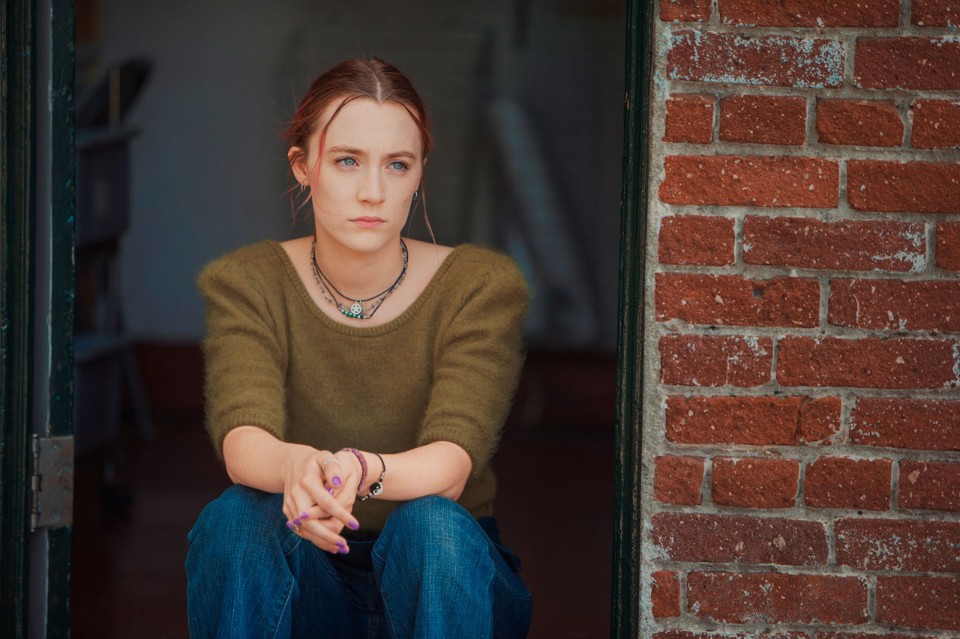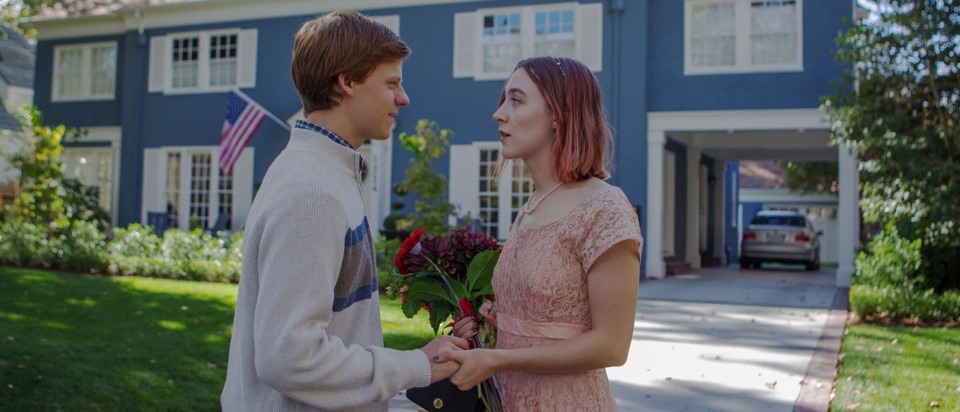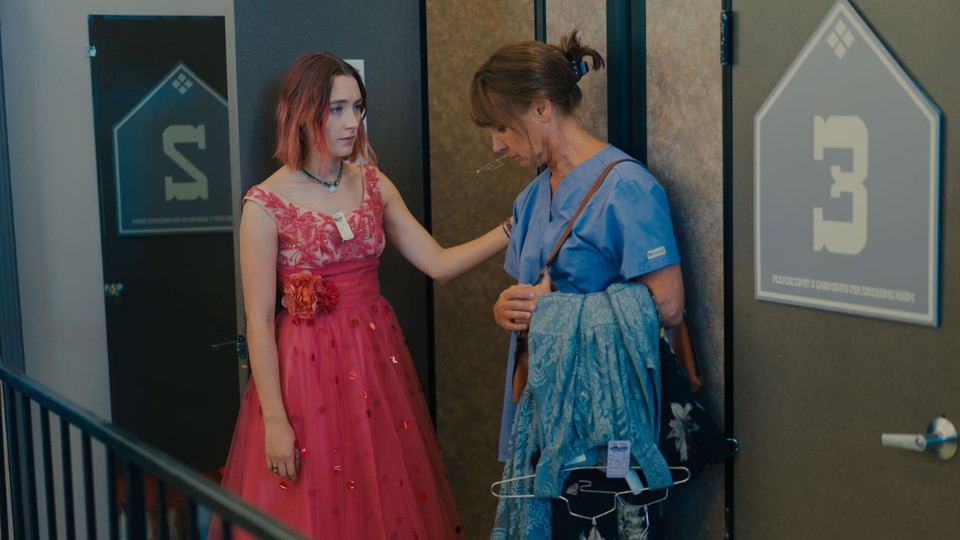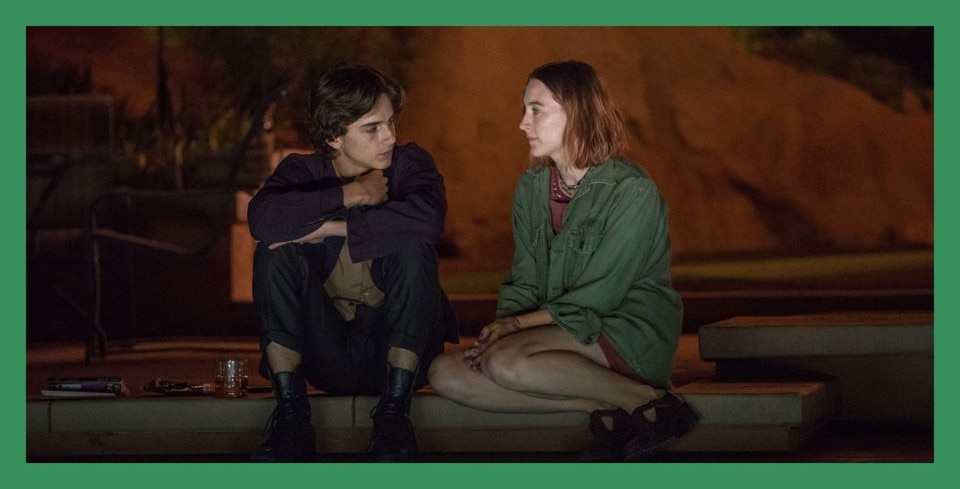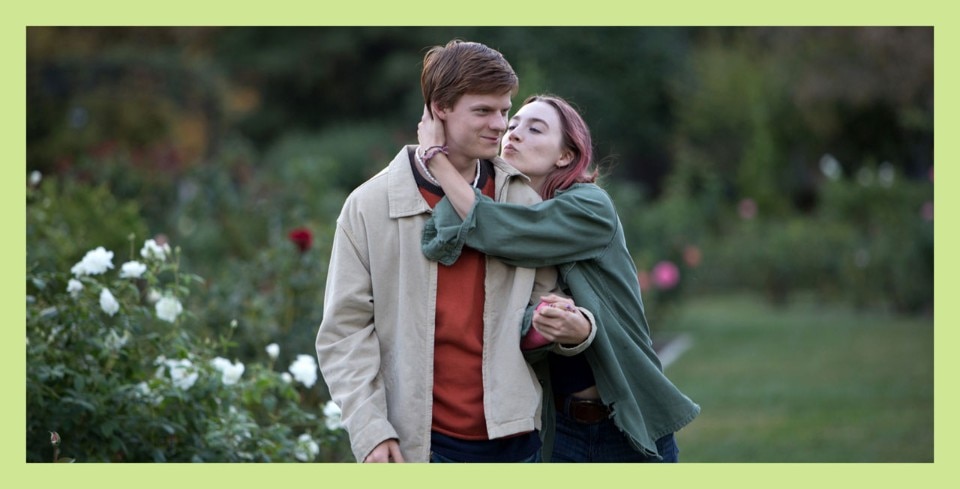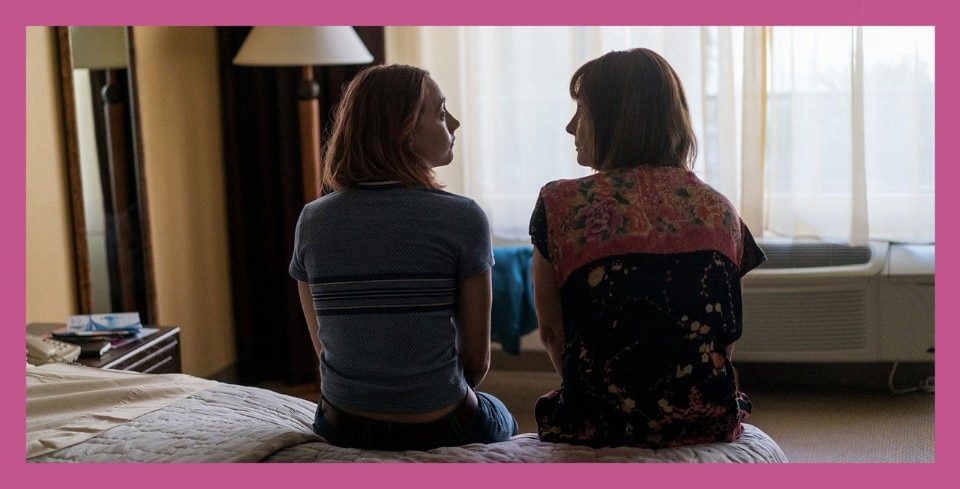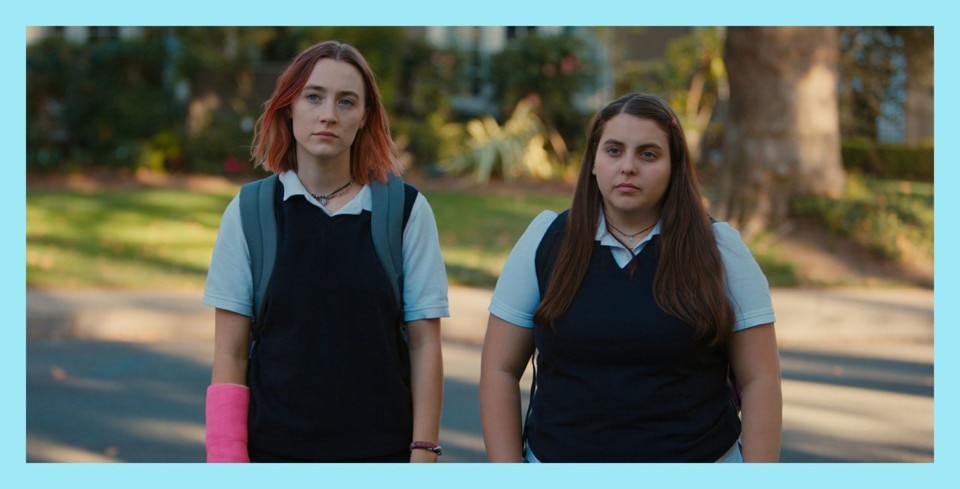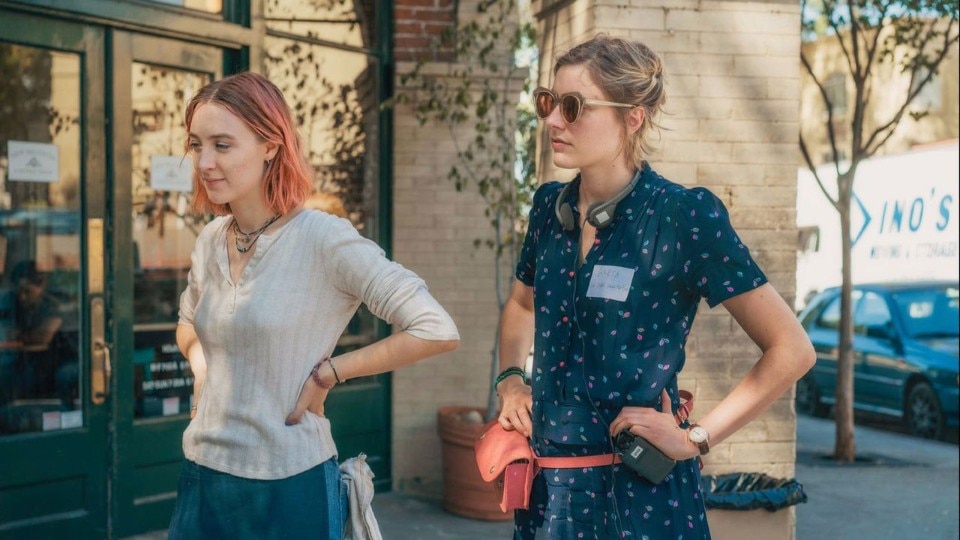At the end of the film, while the credits are still rolling, a girl in the audience apologises to her boyfriend: “The trailer showed her jumping from a car, it looked fun, sorry”. Going down the stairs to the exit, another girl says to her friend: “Maybe they didn’t know how to end it and so just cut it short”. One young man asks out loud: “What kind of film is this?”
Lady Bird, an independent American film, is one of the most acclaimed of the year. This is the first work as a director by Greta Gerwig, a New York actress and screenwriter. A rare example of a woman nominated for an Oscar for Best Director, Gerwig has written and directed a film on an adolescent as she moves into adulthood. Christine, as the protagonist is called (Saoirse Ronan, a Golden Globe for best actress in a comedy and nominated for an Oscar), is driven by a naive, but decisive, ambition, for which she is prepared to turn her back on her best friend to gain a new one, prettier and richer, and to lie about where she lives. Christine, despite not showing any particular prowess, wants to go to a prestigious University which is, above all, far from home, and obliges everyone to call her Lady Bird, determined to take flight despite everything.
The place she is trying to flee from is Sacramento, the capital of California, a city unknown to most and the birthplace of the writer. Despite not having written a strictly autobiographical film, Gerwig has borrowed heavily from her own life, beginning right there, with Sacramento. Gerwig’s affection for the city is tangible, inversely proportional to the intolerance it provokes in the story’s main character. What is therefore surprising is the number of views of the city: zero.
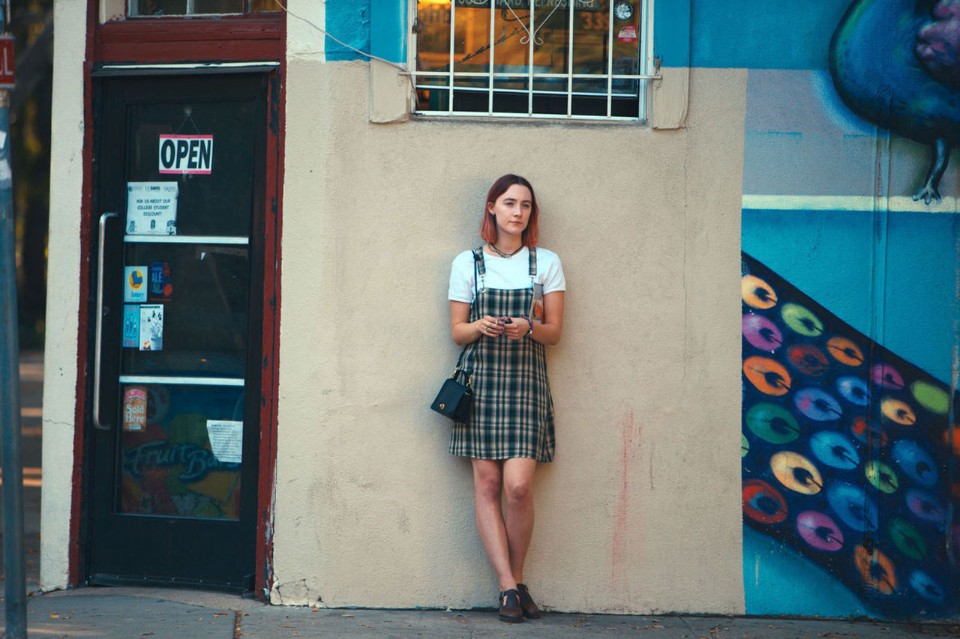
The city is present in the conversations of the characters, in Christine’s school work, on her t-shirts. Yet it is never seen. There are no establishing shots, full framings of environments to provide context to a scene or sequence, and the film remains focused on the actors, their half-length shots and their close-ups. Only after an hour and a quarter from the beginning is there a shot in which the city can be identified with its 1930s modern streamlined Tower Bridge.
There is a feeling of intimacy in this province which is evoked but little shown, the pleasure of narrating small lives, far from the large and fast-moving cities, with the time to examine compulsions, desires and frustrations. There is something precious here, which finds a parallel in another success from this film season, the Italian Call Me By Your Name by Luca Guadagnino, which won an Oscar for Best Adapted Screenplay, and which was set in Crema.
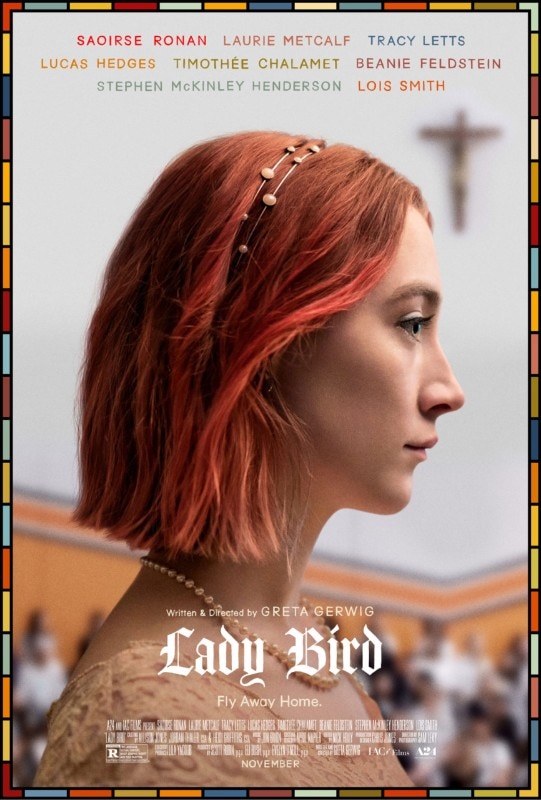
The camera is fixed, with only a handful of movements limited to panoramas and minimum use of the dolly for zooming in on close-ups. It recalls another American writer, Sofia Coppola, and her impeccable fixed framing. There is a difference however. While with Coppola there is an evident study of aesthetics (Marie Antoinette, Bling Ring, The Beguiled) in films based on refined but brief texts (it is said that the screenplay for Lost in Translation was just 60 pages long), with Gerwig there is a notable predominance for dialogue (the first version of the screenplay was 300 pages, then cut down to 120) and the images, in their simplicity, carries it, according to the principle expressed by Pedro Almodovar for which comedy neither demands nor requires complicated camera movements.
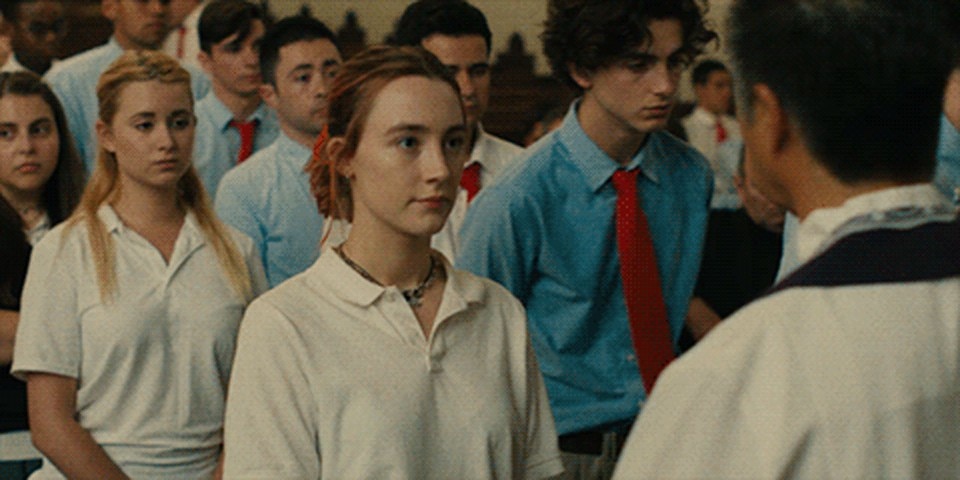
There are, however, a few moments from Lady Bird which stand out. The initial plan shot of Christine and her mother lying in bed, facing each other, showing from the very first second that the underlying theme of the film is the relationship between mother and daughter. The sequence in which the two, in a moment of reconciliation, engage in their favourite hobby, visiting large homes which are up for sale. But also Christine waiting for her father, out of work and depressed, outside an unsuccessful job interview, as a portrait of a dysfunctional family, one of the cornerstones of very successful independent American comedy of the 2000s, as in The Royal Tenenbaums and Little Miss Sunshine.
So, “what kind of film” is Lady Bird? It is a delicate and subtly ironic film on the little things in a life which is young and restless, but which stays in line, in a calm province hidden from view and which, however, conditions the story itself. As if to remind us that, as Antoine de Saint-Exupéry wrote, what is essential is invisible to the eye.
- Film title:
- Lady Bird
- Director:
- Greta Gerwig
- Music:
- Jon Brion
- Production companies:
- Scott Rudin Productions, Management 360, IAC Films
- Year:
- 2017


